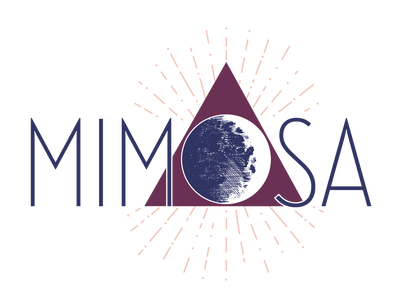Amethyst is a variety of quartz that contains traces of iron and ranges in color from the lightest lilac to deep violet. It’s been considered a protective, healing stone from the earliest times. In fact, even its name refers to one of its ancient protective functions: a (anti-) + methustos (intoxicated). Wine that was taken from an amethyst cup, they said, would never make you drunk! (A possible mechanism for this: the host may have disguised the fact that he’d watered his wine by pouring it into a deep purple cup. It could work...) Amethyst has kept its association with virtue through time, protecting one’s better nature against temptation. In fact, the highest grade of amethyst is still known as “bishop’s grade.”
Metaphysical uses:
Amethyst is associated with the two uppermost chakras, the third eye and crown chakras, and so makes a good meditation stone. It works well as a source of beads for malas and rosaries. But it’s also a very common stone, useful to anyone for its calming protection, easing the cycles of dreams and sleep. The related benefits, clarity in meditation and a good night’s sleep, can help fix the confusion and occasional case of the blahs that can be a side effect of an active–sometimes too active–imagination. I think of it as going with lavender; both amethyst and lavender calm body and mind, nurturing us into other states of consciousness. Not only does Amethyst connect to higher levels of consciousness, but it also has many practical uses: replacing bad habits with good, enhancing mental health, improving sleep and memory, as well as all types of healing.
Amethyst Lore:
We enjoy learning about obscure stones, but amethyst definitely does not fit into that category. A highly protective and spiritual crystal, amethyst has a metaphysical history that goes back at least as far as the ancient Egyptians, probably much farther. We can only deepen our appreciation by looking at the rich lore of amethyst:
- In Egypt, it was associated with the astrological sign of the goat. Since goats love to eat grape vines, they were an enemy of drunkenness. The earliest known connection between amethyst and sobriety came through this association.
- Egyptians ascribed special protective powers to amethyst when carved in the shape of the heart, a symbol they used to ward off sorcery. They wore the heart with a feather as a protective amulet.
- Ancient Hebrews used many forms of oneiromancy. Not only did they interpret dreams to read the future, they also used the magical practice of controlling dreams, and of controlling reality through dreams. Amethyst was a helpful guide for these dreams and visions, mainly as a means of enhancing virtue, which in turn led spiritual growth.
- Roman imperial soldiers wore amethyst amulets for protection in battle.
- Medieval Europeans saw even broader applications for amethyst as a stone of protection. They used it for protection against thieves, evil thoughts, wild beasts, and other enemies.
Crystal Healing is not meant to replace conventional medicine, but rather to complement and enhance it. Information within this site is metaphysical in nature and is by no means medical. Crystals should only be used with the understanding that they are not an independent therapy, but rather are just part of a holistic healing approach to wellness.

























































